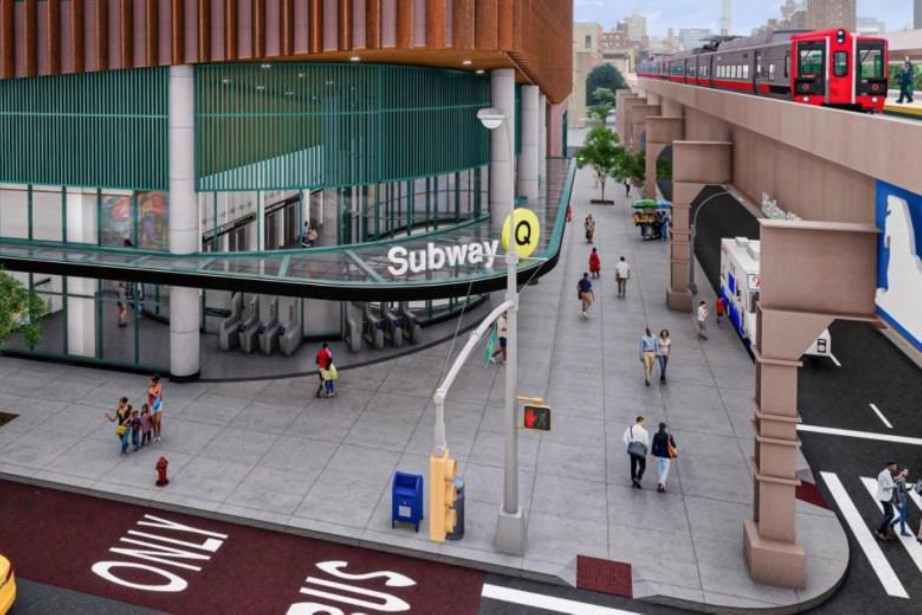Benefits of MTA Congestion Tolls: Less Traffic, More Projects, New Buses
NEW YORK— Earliest data for New York City’s new congestion pricing program is showing a drop in traffic and faster bus service. This can mean that gridlock is actually lessened in the initial week following the Jan. 5 launch, or it could mean that it’s January and cold, so fewer drivers are traveling into the central business zone Manhattan anyway.
To go with what officials are estimating for the first six days of the program, there were tens of thousands fewer vehicles entering the busiest parts of Manhattan below 60th Street—44,000 vehicles daily by one count. The plan expects that number to eventually settle at 80,000 fewer vehicles than prior to the start of the congestion zone tolling.
MTA Chairman & CEO Janno Leiber said the agency has already seen modest increases in ridership on the system the first few days of January since the start of congestion pricing. “So far, the implementation of our state-mandated program is going well. We’re hearing anecdotal evidence of faster commutes on buses

and less traffic overall – great news for our riders and even those who still choose to drive. Nobody’s declaring victory just yet, but these are promising trends that we will watch closely over the coming months.”
More Projects: Shortly before the MTA launched the vehicle-tolling initiative, the MTA issued a request for design-build proposals from firms for the extension of the Q line between 96th and 125th streets. The transit agency is banking on the new tolling revenue as the solution to many capital needs, including as a major source of funding for the $7.1 billion expansion project.
“The Second Avenue Subway is one of the most important mass transit projects in the nation and today it’s driving forward, thanks to congestion pricing,” Jamie Torres-Springer, president of the MTA’s construction division, told the press in a statement. “MTA Construction & Development is delivering megaprojects like this one better, faster and cheaper than ever before and we’re ready to maximize the impact of every penny we use to fund our work.”
Engineering proposals on tunneling and structural shell work are due by March 5 and a contract is expected to be awarded by the third quarter of this year.
New Buses: On Jan. 10, the MTA announced the purchase of 265 new zero-emission buses that will operate on routes across the city. This purchase builds on the 60 zero-emission buses that came last year and is in addition to the 205 zero-emission buses slated to come beginning late this year. These new 40-foot buses will reduce greenhouse gas (GHG) emissions by upwards of 90 metric tons annually per bus. They feature lightweight electric traction drive systems that allow buses to recover up to 90 percent of energy during braking. Regenerative braking reduces wear and tear on brakes and maximizes energy efficiency.
New York City Transit has the largest bus fleet in the country, and the new buses and upgrades to charging infrastructure at bus depots across the five boroughs brings the hope of cleaner air by “operating a world-class, zero-emission bus fleet starts with upgrading and modernizing the facilities that serve them,” added MTA Construction & Development President Jamie Torres-Springer.
